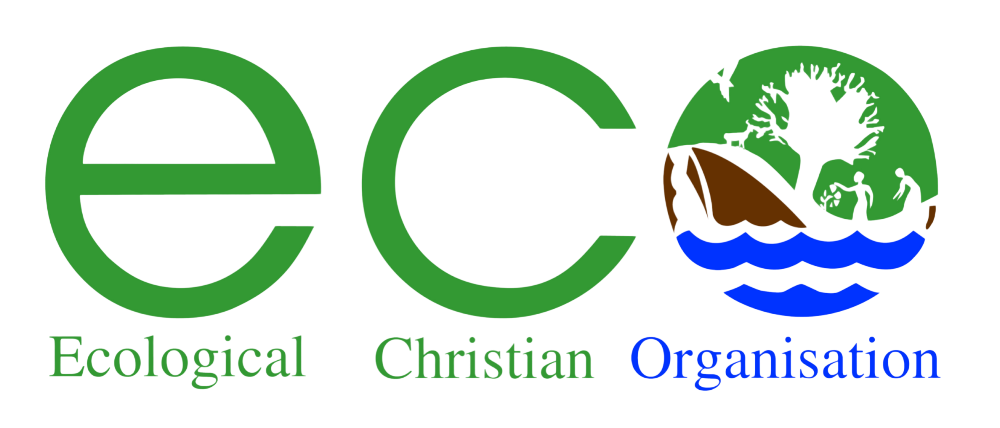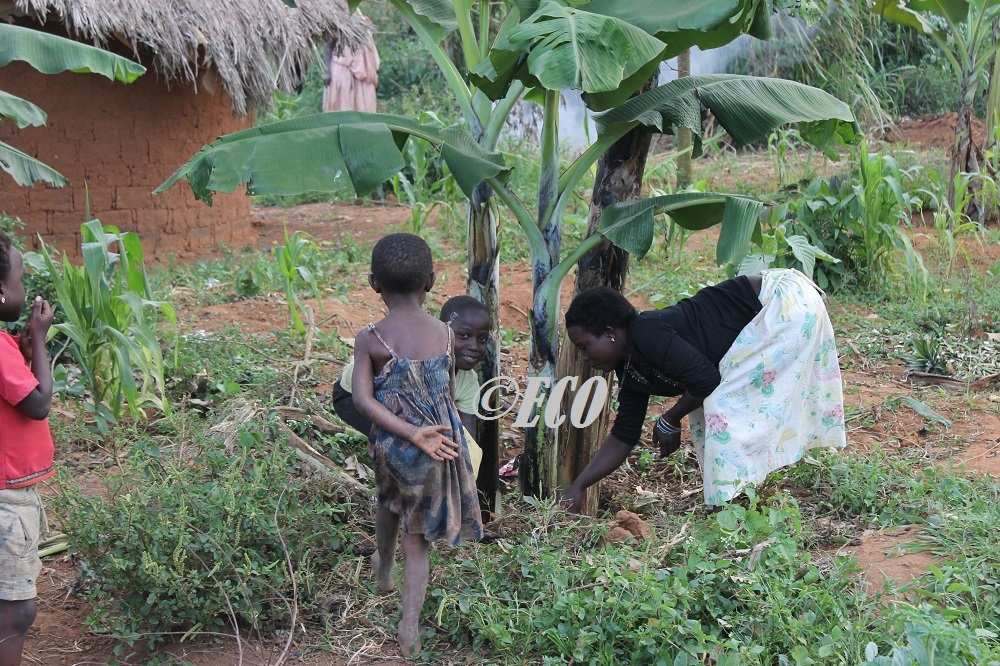ENVIRONMENT AND NATURAL RESOURCES SUSTAINABLE LIVELIHOODS
Ecosystems in Uganda are increasingly being threatened by various human activities, even those that are protected by government acts. Wetland and forest losses are higher in the lake basin area than national averages that are high in any case – 75% of wetlands are considered significantly damaged already, while loss of forest cover is running at 1.7% annually. 200 species of fish are already extinct and others, critically endangered, survive only along lake margins and in peripheral lakes. The progressive, systematic and induced unsustainable management of fragile ecosystems has caused declining resource productivity and resilience, resource scarcities, inequitable access that breeds conflicts, population displacements and worsen human vulnerability. As such, ecosystem management and restoration is key for enhancing land productivity, reducing poverty and enhancing the quality of life or resource-dependent farmers, pastoralists, agro-pastoralists and fisher-folk.
Changes in health and demographic status have been linked to ecosystem management. Increased population has increased pressure on land and forest resources, as humans search for arable farming land, settlements, industry and other uses. ECO’s work in the L. Victoria basin focusing on Health of People and Environment (HOPE LVB) since 2012 that integrates health and ecosystem management can be indicated to have been successful in achieving sustainable ecosystem management in the target districts. The experience from this work attests to the fact that sustainable ecosystem management plays multiple roles in addressing health, nutrition and social challenges currently faced by resource-dependent populations.
We commit therefore to continue to support EMR activities within the L. Victoria basin and other fragile landscapes in Uganda. Our approach will ensure integration of factors that affect effective ecosystem management such as population and health dynamics, economic activities, and legislation and regulation. All avenues will be explored to promote the participation and inclusion of women in the natural resource structures and networks for the management of critical natural resources.

